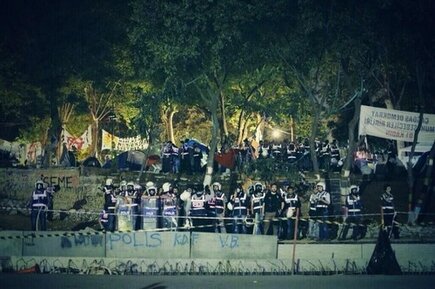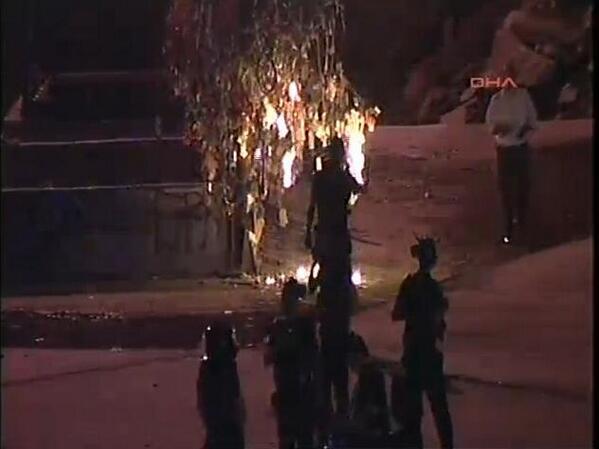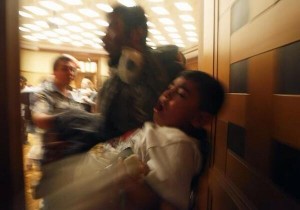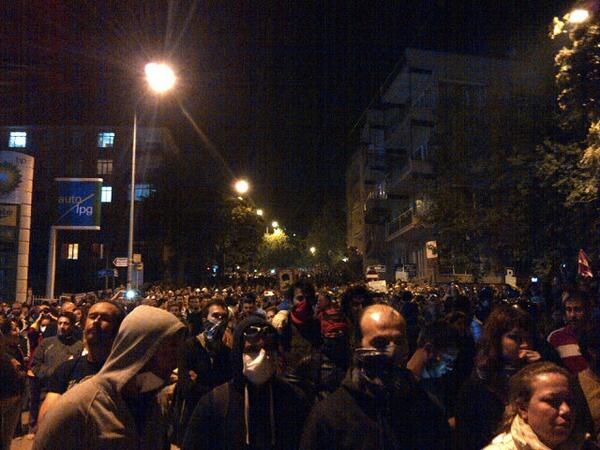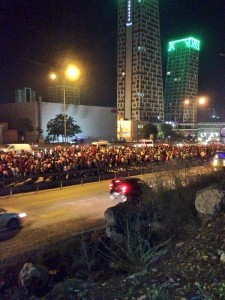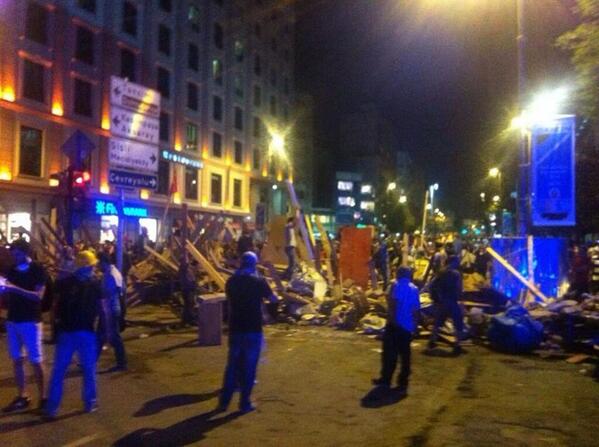πηγή: roarmag.org
By Chiara Milan On June 14, 2013
 A protest against administrative hurdles to identification has sparked a broader popular movement against a dysfunctional system and for real democracy.
A protest against administrative hurdles to identification has sparked a broader popular movement against a dysfunctional system and for real democracy.
For over a week, demonstrators, activists and lots of children have been peacefully occupying the parliament square in Sarajevo. Since June 5th, hundreds of citizens stand in front of the building protesting against their politicians, who are unable, among other things, to adopt a permanent law on identification documents.
Nonetheless, whenever we think of Bosnia-Herzegovina, our memory recalls the war, the bloodsheds and the snipers shooting from the hills surrounding Sarajevo. The country reminds us of the Markale market slaughter, when the Bosnian Serb army dropped bombs in the midst of the crowd. The name of the city evokes its endless four-years siege and the flames wrapping around the Vijećnica, the National Library that guarded the books witnessing the multiethnic Bosnian history. Names of cities like Srebrenica and Prijedor recall the images of the first genocide in color, broadcast live on TV.
Twenty years since the end of the war, Bosnia-Herzegovina looks like a different country, although the legacy of the war is still present in the houses set on fire and kept as they are — blackened ruins “for future reference”, as their owners say. At the outbreak of the 1992-95 war, Western governments and UN agencies proved incapable of reaching an agreement for a common strategy to prevent the violence. Their belated intervention unquestionably failed to halt the war on time, nor did it put an end to the massacres of civilians. The extreme attempt of the international community to end the war by signing the Dayton Peace Agreement in November 1995 paralyzed the country into in an equilibrium that is as controversial as it is fragile.



